Automated driving on Swiss motorways is theoretically possible from March

From March 1, it will be theoretically possible to hand over the steering wheel to technology on Swiss motorways. The prerequisite for this is that the vehicle has a level 3 autopilot system. However, no such system has been submitted for official approval in Switzerland yet.
The Swiss parliament passed the revision of the Road Traffic Act in spring 2023. From March 1, three use cases for automated driving will be permitted: Drivers of an automated vehicle may now use a highway pilot on motorways. The use of driverless vehicles on officially approved routes is also permitted. Automated parking without the presence of a driver is also possible in designated parking garages and parking spaces.
+Get the most important news from Switzerland in your inbox
However, the driverless revolution will not take place next Saturday: “So far, no manufacturer has submitted an application for approval of such a system in Switzerland,” said Jérôme Jacky, spokesman for the Federal Roads Office (Astra), when asked by the Keystone-SDA news agency.
There are already cars such as the BMW i7 or the Mercedes S-Class that drive with an autopilot in Germany. However, it will not be possible to activate such a system in Switzerland as of the beginning of March.
“For once, the law was quicker than the manufacturers,” said Jacky, but the Astra hopes that the latter will still opt for the Swiss market. This is because automated driving increases safety and capacity on the motorway, said Jacky: “It is an opportunity for road transport.”
An ‘ambiguous’ directive
An optimistic view that is partly shared by the Swiss Council for Accident Prevention (BfU). The new legal basis presents drivers with a paradox, said its spokesman Lucien Combaz on request.
On the one hand, drivers are freed from the obligation to always be attentive on the road, but on the other hand, they must be prepared to take the wheel again at any time. It would therefore not be possible to watch a TV series, answer e-mails or read the newspaper while driving.
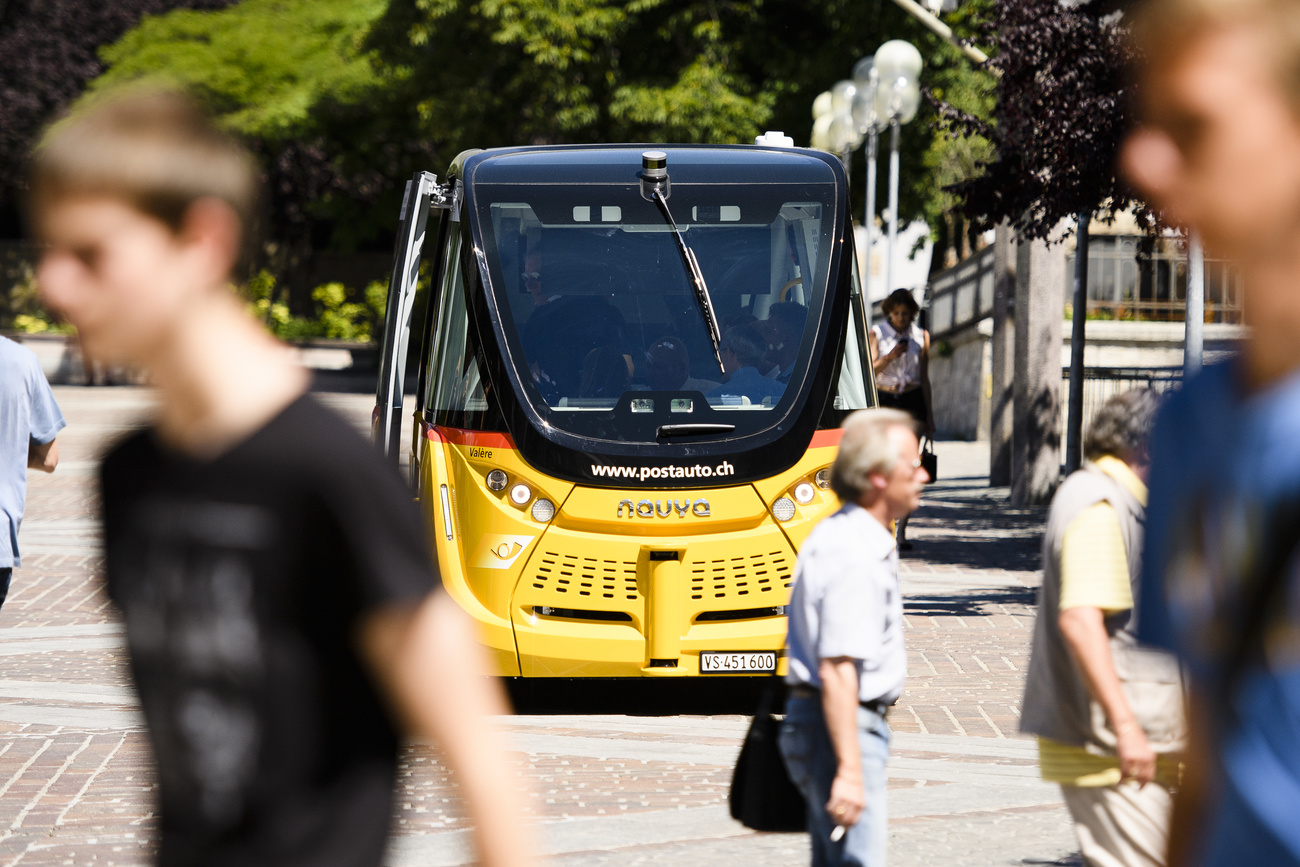
More
Explainer: Switzerland gears up for driverless transport era
Although the regulation states that the person behind the wheel must resume control as soon as the system prompts them to do so, it also states that the driver must be able to recognise for themselves that the traffic situation requires them to resume control.
“This wording is rather ambiguous,” says Combaz. For the BfU, conditional automation (level 3) poses new risks for drivers, particularly related to the temptation to devote themselves to tasks other than driving.
Combaz pointed out that the level 2 assistance systems, which combine the lane departure warning system and cruise and distance control, are still in the early stages of evaluation. Weaknesses have already been identified in the event of inappropriate use, for example on less well-equipped roads outside built-up areas.
In transition
The potential of automation for road safety is undisputed. However, this will only be exploited when the vehicle fleet consists largely of driverless, autonomous vehicles – and thus the human factor in the causes of accidents is eliminated.
According to Combaz, 95% of all accidents are due to human error. However, the intermediate step of conditional automation harbours new risks that should not be underestimated. Semi-automated systems are part of a transition that will take time, said Jacky from Astra. These systems are currently offered as an option for top-of-the-range models that cost CHF 150,000 upwards.
However, it is clear that road transport will continue to evolve. Today, vehicles are classified into five levels: level 0 corresponds to simple electronic systems, while level 5 refers to fully autonomous vehicles without a steering wheel or pedals. From March 1, vehicles with level 4 systems, i.e. without a driver, will also be permitted within a clearly defined framework.
Adapted from German by DeepL/ac
This news story has been written and carefully fact-checked by an external editorial team. At SWI swissinfo.ch we select the most relevant news for an international audience and use automatic translation tools such as DeepL to translate it into English. Providing you with automatically translated news gives us the time to write more in-depth articles.
If you want to know more about how we work, have a look here, if you want to learn more about how we use technology, click here, and if you have feedback on this news story please write to english@swissinfo.ch.
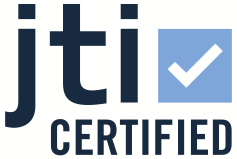
In compliance with the JTI standards
More: SWI swissinfo.ch certified by the Journalism Trust Initiative
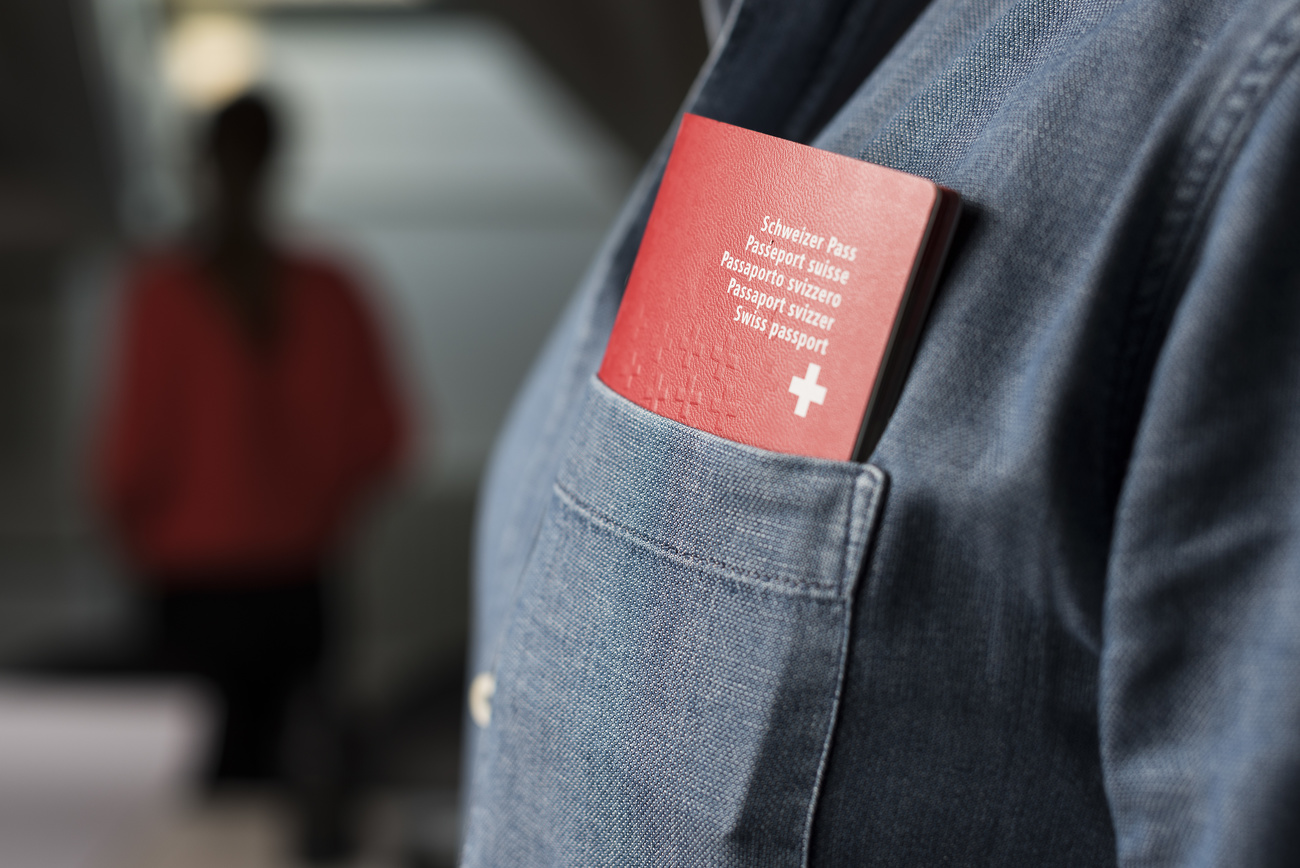


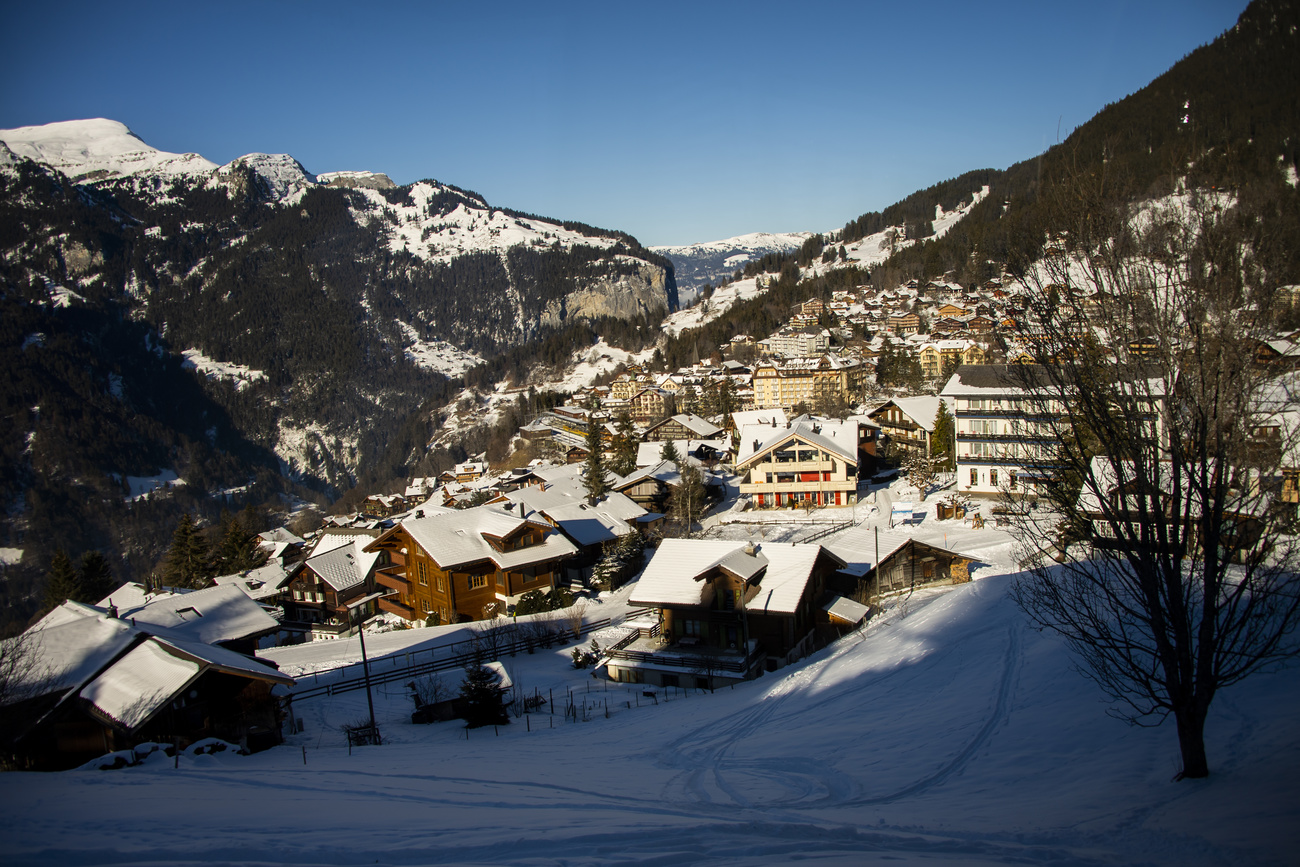

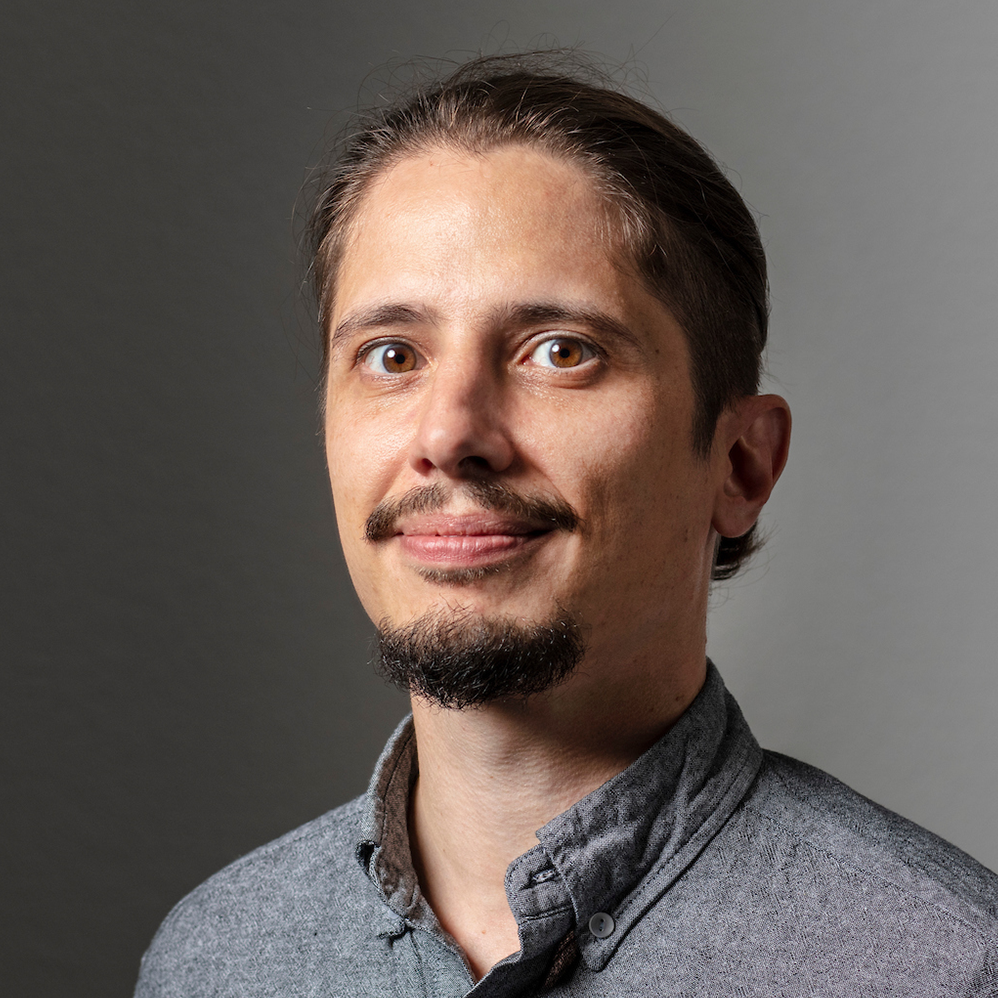







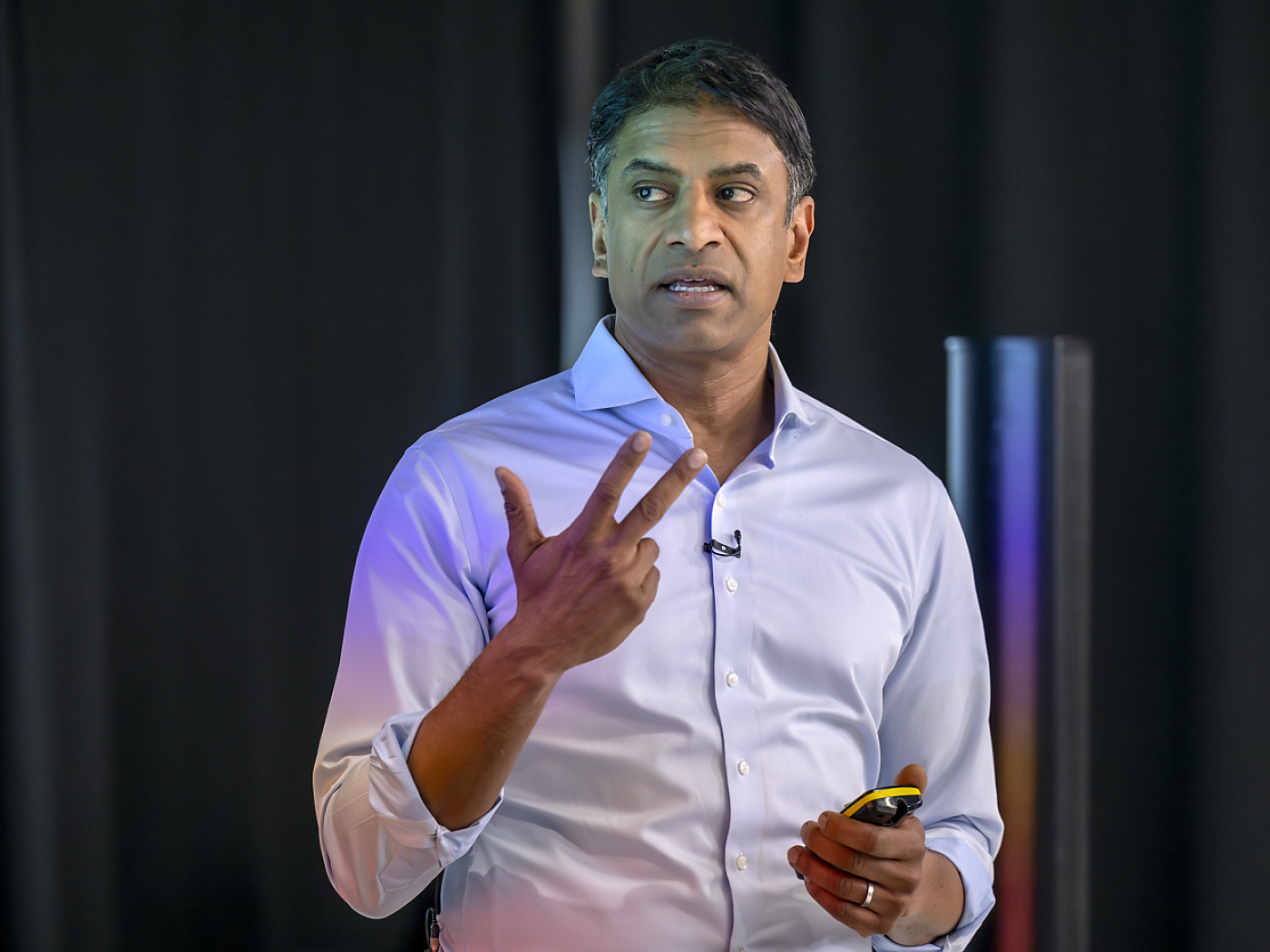
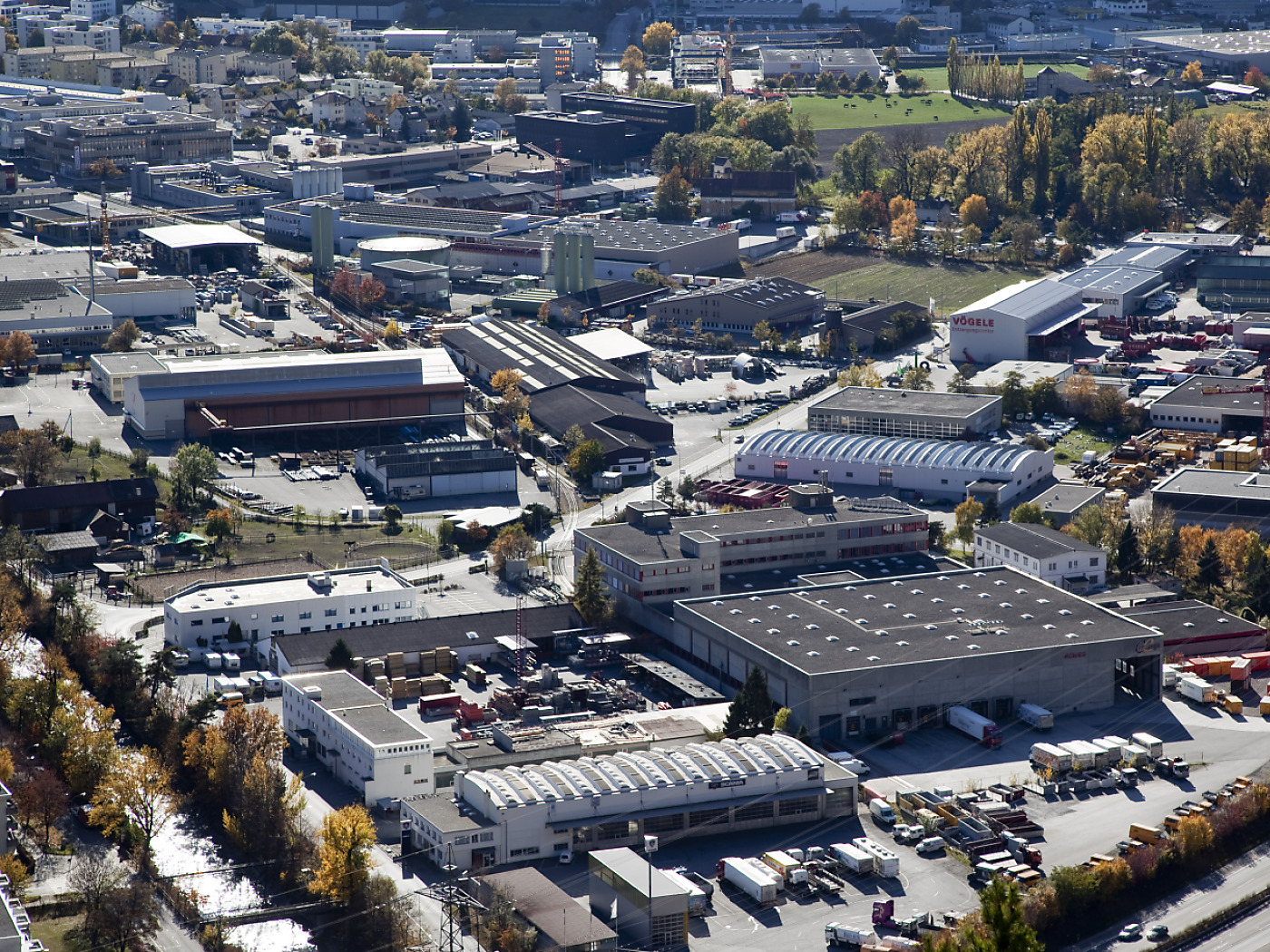

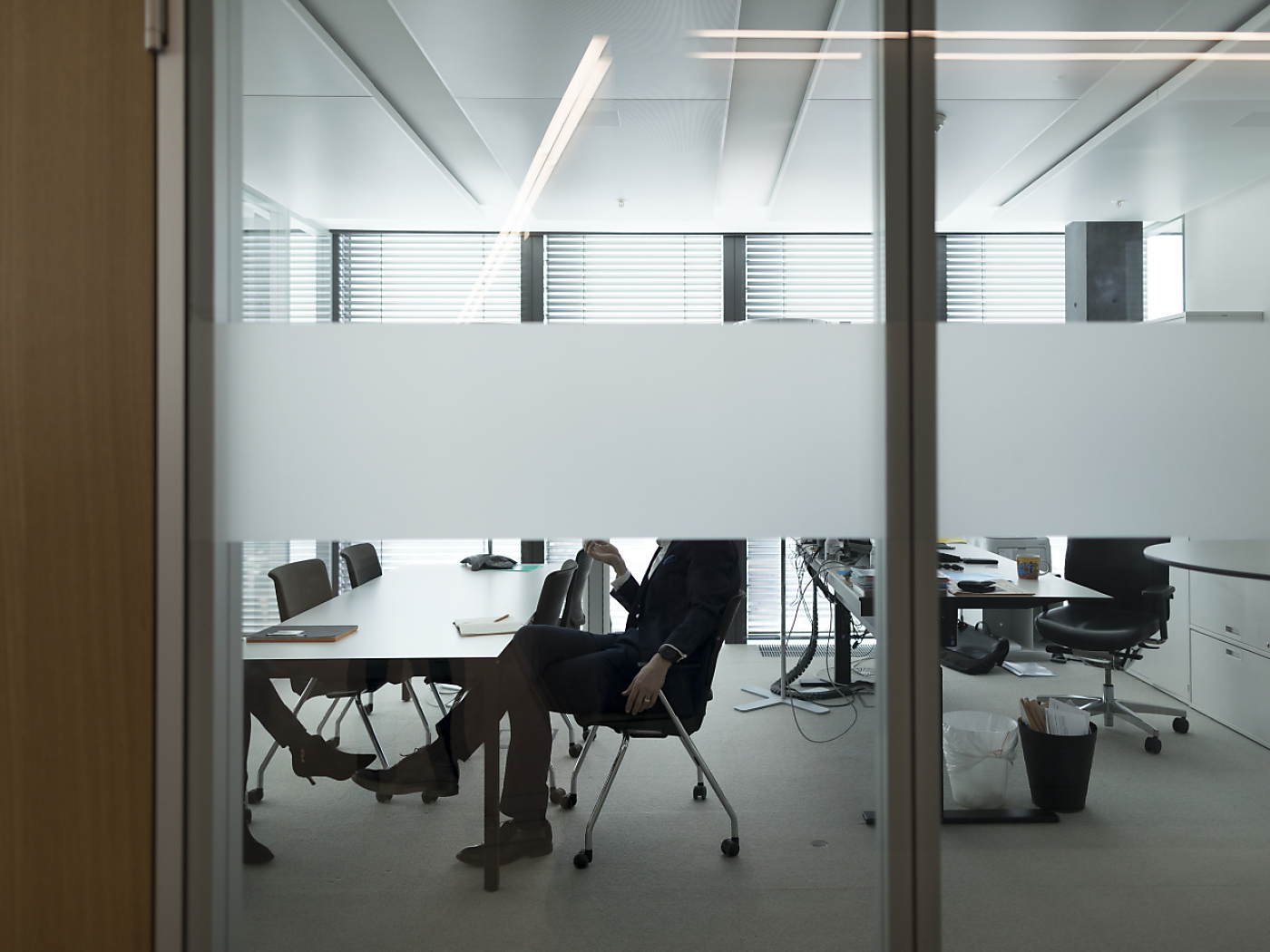
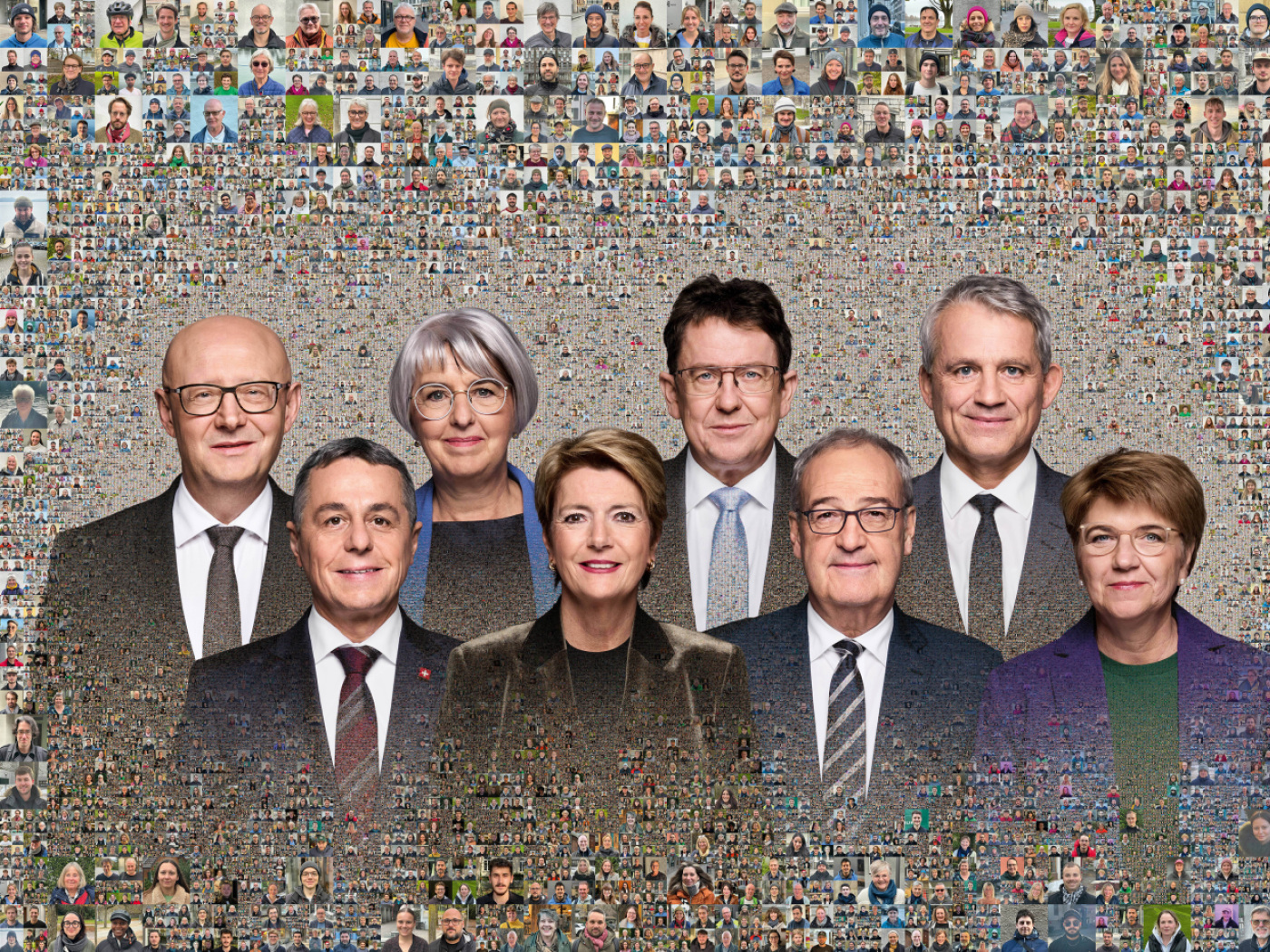
You can find an overview of ongoing debates with our journalists here . Please join us!
If you want to start a conversation about a topic raised in this article or want to report factual errors, email us at english@swissinfo.ch.